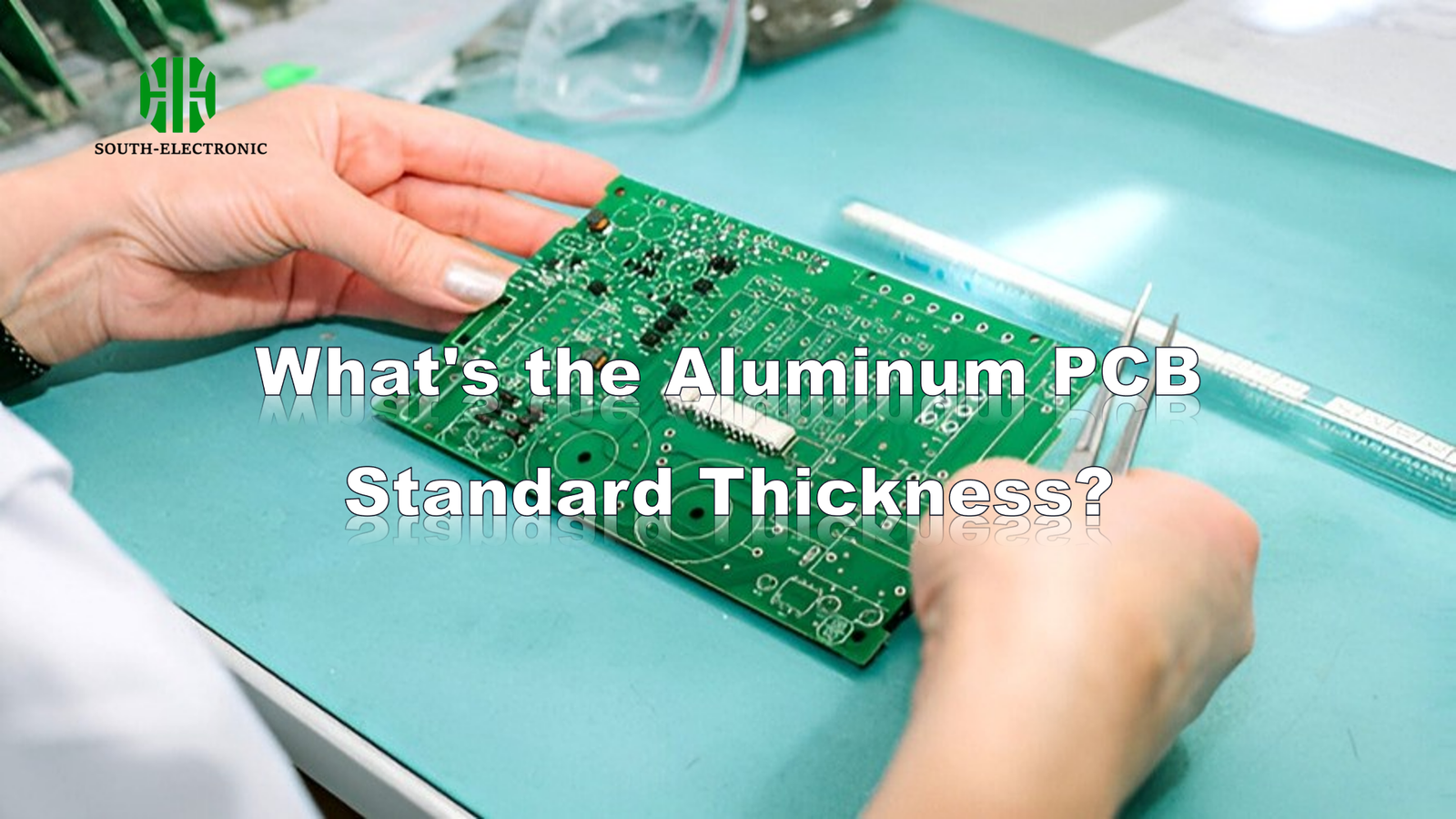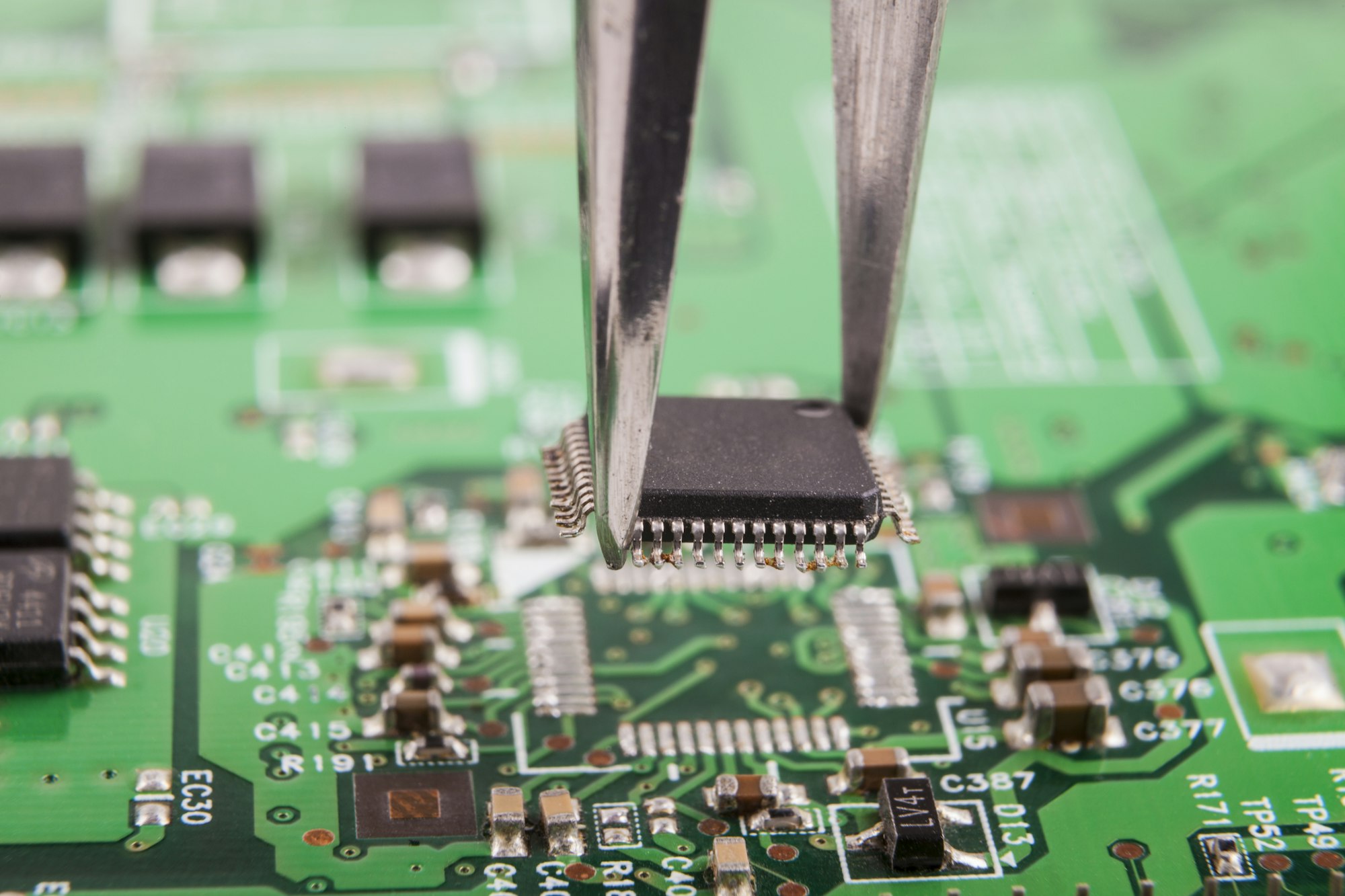Struggling with PCB thickness confusion? Your designs suffer from poor heat flow and costly errors. Let me solve that for you.
Standard thickness for metal core printed circuit board cores is typically 1.0-3.0mm, with aluminum pcb circuit board often using 1.5mm metal cores. The overall thickness includes dielectric and copper layers. You can adjust it based on thermal needs.
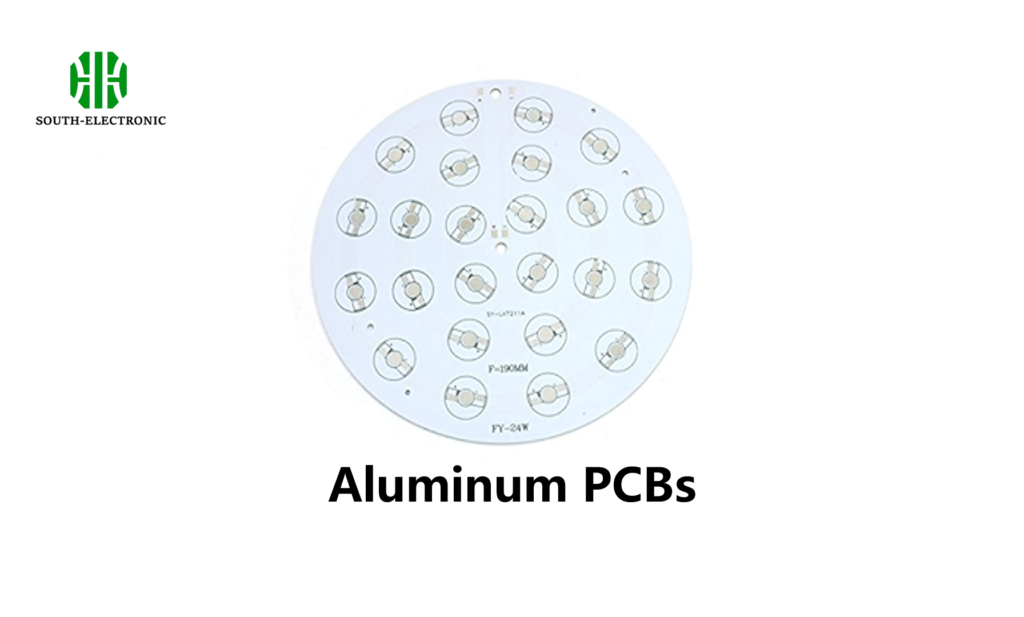
Thermal management defines metal core pcb performance, but thickness isn’t the only factor. Let’s explore why these numbers matter and where they work best.
Where Do Aluminum PCBs Shine?
Heat kills electronics fast. Overheating parts fail unexpectedly. Aluminum PCBs save your projects with smart cooling.
Aluminum pcb circuit boards manage heat best in LED lighting and power devices. Their 1.5mm base spreads thermal energy efficiently. Cost matters too.

Aluminum core boards perform differently across industries. Your choice affects thermal spread and product life.
Key Industry Applications
| Application Area | Thermal Need | Common Core Thickness |
|---|---|---|
| LED Lighting | Very High | 1.5mm-2.0mm |
| Vehicle Systems | Extreme | 2.0mm-3.0mm |
| Power Supplies | Moderate | 1.0mm-1.5mm |
LED units burn hot quickly. Using thinner aluminum pcb means risks like color shifts. Thicker cores cost more but stop burnout. Auto parts face extreme vibrations too. Your brake sensors need thick metal core pcb stability. Power devices vary widely. Computer chargers demand less mass than solar converters. Always check operating temperatures first. Proper thickness makes components last years instead of months.
Aluminum vs. Copper MCPCB vs. Ceramic: Which Performs Best?
Material choice dilemmas slow you down. Wrong picks waste money and resources. I’ll compare their strengths side-by-side.
Aluminum wins for budget projects needing moderate cooling. Copper beats everything for extreme heat but costs more. Ceramic suits tiny devices.
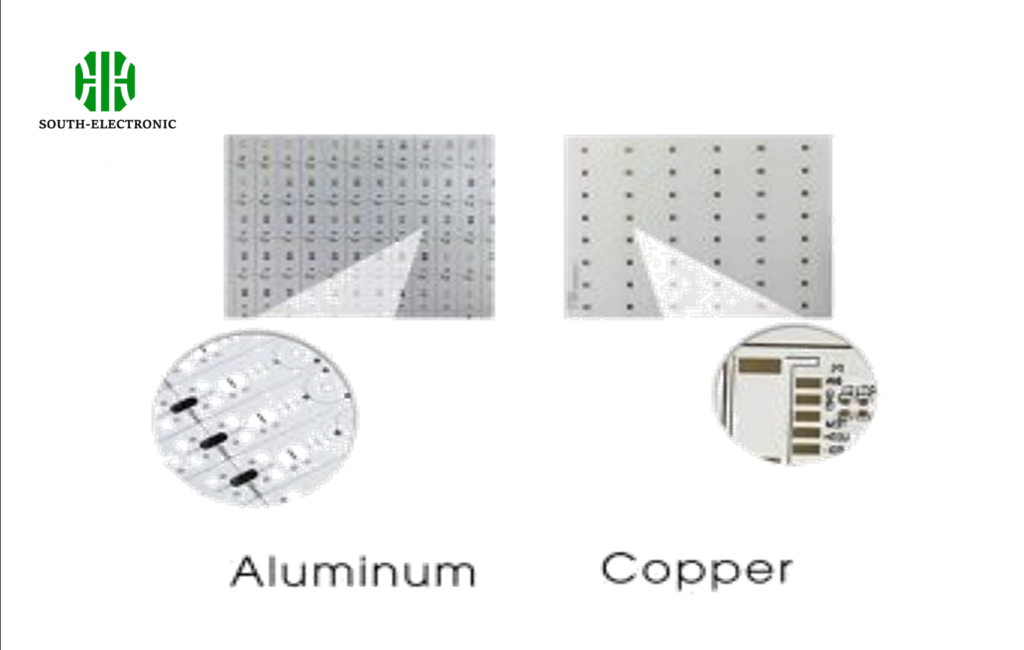
Each material serves unique design spaces. Understanding thermal conductivity makes your choices clear.
Performance Comparison Table
| Material | Thermal Conductivity | Cost | Weight | Best Performance Use |
|---|---|---|---|---|
| Aluminum | 1-3 W/mK | Low | Light | Street lights, power adapters |
| Copper | 4-5 W/mK | High | Heavy | Military radars, CPU cooling |
| Ceramic | 1-2 W/mK | Highest | Light | Wearable sensors, medical devices |
You need metal core pcb cost savings often. Aluminum works well for normal heat situations. Copper conducts heat exceptionally. Your server rooms need copper boards. Ceramic boards fit wearable technologies perfectly. But ceramic costs much more. Watch size constraints too. Thick copper cores bulk up assembly lines. Aluminum balances heat flow and mass neatly. Match material to your device requirements.
Designing Aluminum PCBs: What’s the Catch?
Design traps ruin aluminum PCB projects. You fight insulation gaps and wrong hole placements. Avoid these risks with core rules.
Heat spots form around vias without solder masks. Trace spaces expand differently than FR4. You must allow extra margin on metal core pcb layouts.
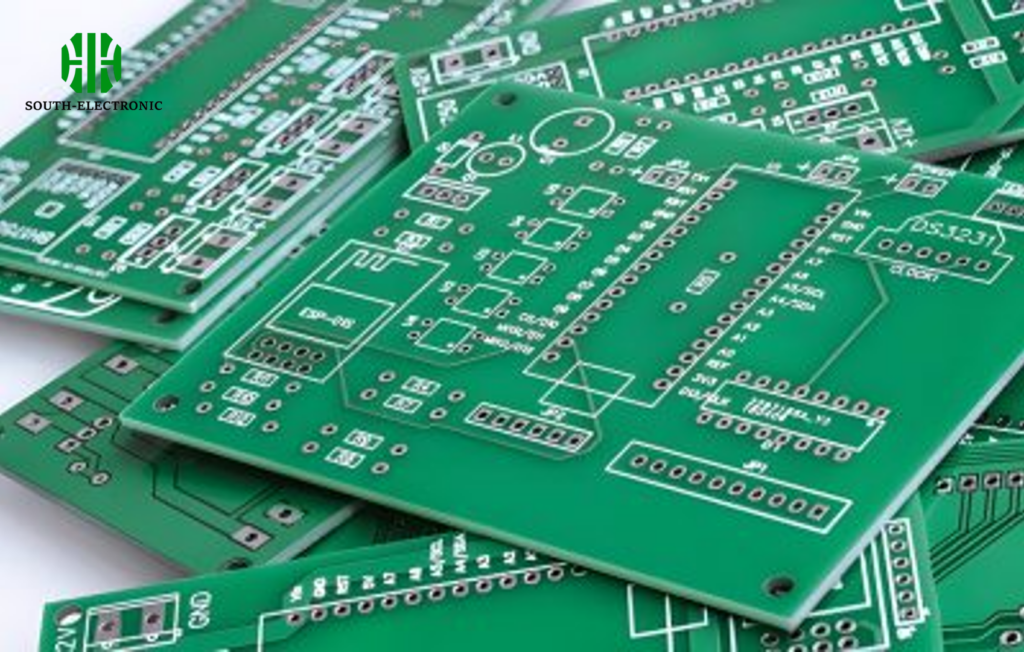
Good designs prevent cracking and heat issues. Focus on thickness variations and layer planning.
Design Parameter Rules
| Parameter | Standard Practice | Risk of Ignoring |
|---|---|---|
| Core Thickness | Always match heat zones | Overheating components |
| Trace-to-Edge Distance | Minimum 1.0mm | Short circuits during routing |
| Via Types | Plated-only in metal layer | Core delamination |
| Solder Mask Coverage | Full isolation | Thermal runaway risks |
Aluminum expands under heat quickly. Your dielectric layers must absorb movement. I’ve seen cracks split poorly spaced traces. Keep copper layers thin too. Thicker copper adds electrical capacity but traps heat differently. Plated holes through aluminum bases cause trouble. Metal core pcb drills need specialized bits anyway. Thermal pads connect parts safely. Solder mask gaps invite moisture damage. Test all designs at maximum temperature loads.
Conclusion
Standard thickness balances cost and function across applications. Material choice guides heat needs and budgets. Always design for thermal expansion safety.

